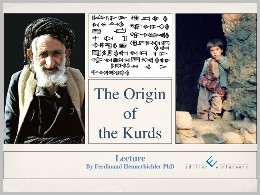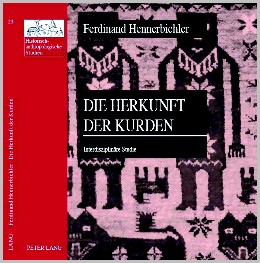Ergative - fhe
Main menu
- H O M E P A G E
- THE ORIGIN OF THE KURDS 2011
-
CONCLUSIONS
- Prof. Windfuhr
- Prof. Klyosov
- Indigenous Kurds
- REACTIONS
- THE ORIGIN OF KURDS 2012
- DIE HERKUNFT DER KURDEN 2010
- DIE KURDEN 2004
- e-BOOK 2009
- CURRENT EVENTS 2011-2012
-
ARCHIVE
- Gas-Victims 1988
-
PICTURES
-
ANATOLIA
- VAN ANCIENT
- VAN-HAKKARI
-
KURDISTAN IRAQ
- BARZANI IRAN
- TALABANI
- FOLK COSTUMES
- Arbil
- GHN-45
- GAS-VICTIMS
- KORDESTAN IRAN
- ZAGROS
- PROFILES
- JERUSALEM
-
ANATOLIA
- THE FUTURE OF THE KURDS 2021
- KURD NATIONAL IDENTITY 2019
- PRIVATE PHOTOS
- CV English
- Lebenslauf
- COPYRIGHT & IMPRESSUM
Ergative
Ergative and Gorani-
Geographically independent ergative constructions in Gorani & Yaghnobi show ancient Old Iranian roots
„Tense-
Professor emeritus of Iranian Studies
Department of Near Eastern Studies
University of Ann Arbor
Michigan, USA
Source in English: The Origin of the Kurds (2011) p 375
Source in German. Die Herkunft der Kurden (2010) S. 207
Ergativity
Evolution and development of Ergativity in Old Iranian:
See the detailed explanation of the development of the Ergative in context of an evolving Old Iranian by Prof. Gernot Windfuhr in German in: Die Herkunft der Kurden (2010) 202 cf.
Ergative constructions in Old Persian (Median), Aramaic and in symbiotic Kurdish
„Conversely, ergative constructions developed in Aramaic in symbiosis with Old Persian (and possibly Median)“
„Since ,language-
Urartu
„The Urartian ergative may have been a probably support of the ergative of immigrating Iranian groups.“
Source: The Origin of the Kurds (2011) p 376

